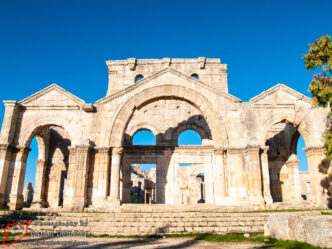
Qalaat Samaan قلعة سمعان
The most impressive archaeological site in the countryside of Aleppo (حلب) is the remarkable Byzantine religious complex known today as Qalaat Samaan …

The most impressive archaeological site in the countryside of Aleppo (حلب) is the remarkable Byzantine religious complex known today as Qalaat Samaan …
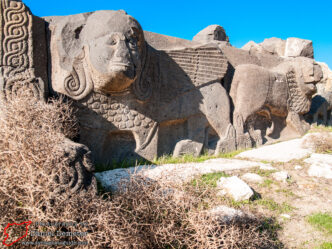
The fascinating temple of Ain Dara (عين دارة), located northwest of Aleppo (حلب) near the Kurdish town of Afrin (عفرين), is an …
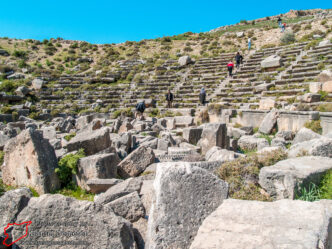
Perhaps the most expansive of the Roman and Byzantine sites in the countryside of Aleppo (حلب) are the remains located at al-Nabi …
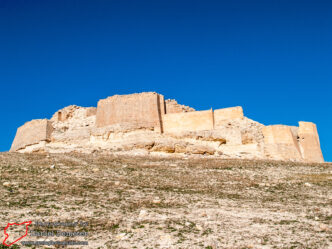
Qalaat Najm (قلعة نجم) is an impressive fortress located on the west bank of the Euphrates River east of Aleppo (حلب). The …
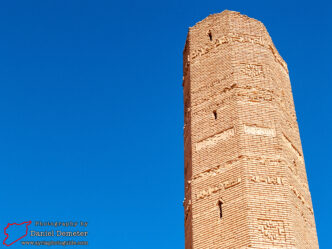
Just outside the modern town of Meskaneh (مسكنة), on the shore of Lake Assad, are the remnants of the Bronze Age city …
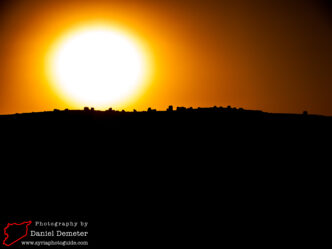
Qinnasrin (قنسرين), located in the modern village of al-Aisa (العيسى), is the site of the ancient Chalcis ad Belum. This was an …
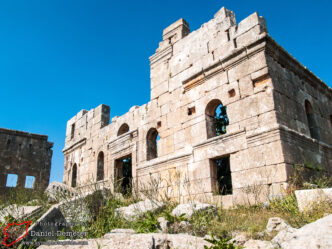
Deir Samaan (دير سمعان) is one of the most noteworthy Byzantine sites in the region, but is surprisingly overlooked by many visiting …
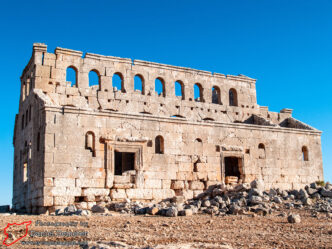
The Byzantine church at al-Mushabak (المشبك) was described by archaeologist Howard Crosby Butler as “one of the most perfectly preserved of all …
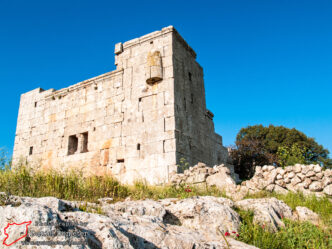
Sheikh Suleiman (شيخ سليمان) is one of the more impressive the Byzantine-era sites in the western countryside of Aleppo (حلب). Located in …
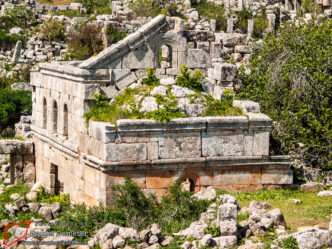
Sinkhar (سنخار) was a fairly extensive Byzantine settlement in the southeastern reaches of Jebel Samaan (جبل سمعان). While the state of preservation …